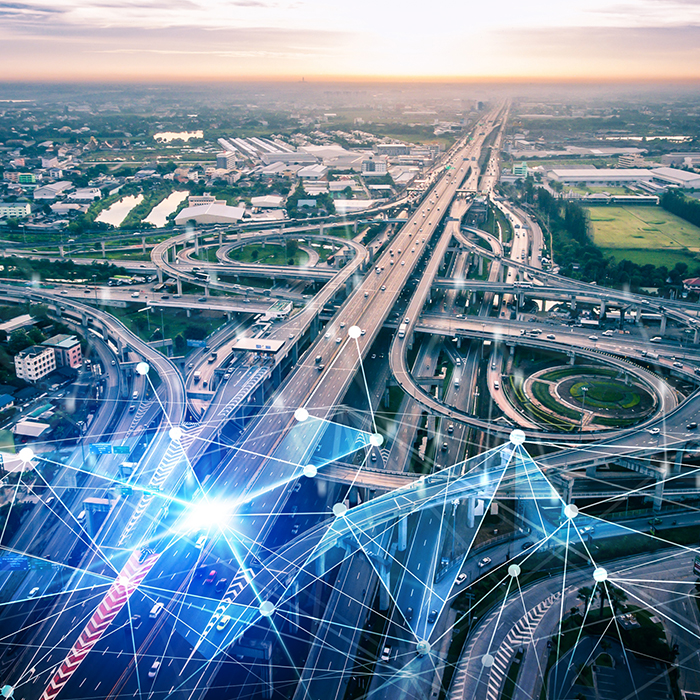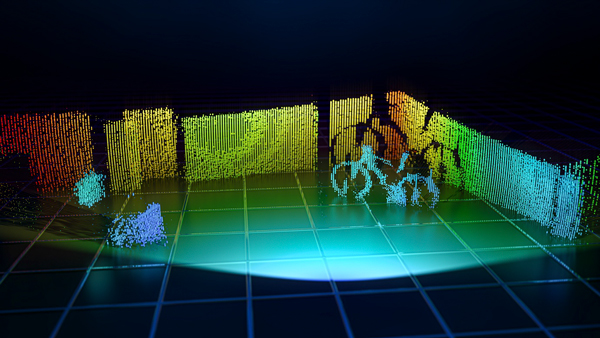

In our networked world, society and the economy depend more on sustainable mobility solutions. In fact, there is hardly any other topic in which ecological, economic, and social aspects play such a central role - the diverging requirements will radically change the mobility of the future.
Networking all stakeholders
The fundamental prerequisite for a successful transport transition is social acceptance and close cooperation between industry, science, and politics. Companies, local authorities, and transport service providers must rethink mobility in order to develop innovative and multimodal concepts. In particular, alternative drive systems for emission-free driving, the automation of driving functions, the rapidly expanding digitalization of the mobility sector, and the associated networking of all players require new technologies and intelligent system solutions.
Innovations for tomorrow's mobility
With their research and development for connected, safe, and automated mobility, the institutes cooperating in the FMD create a head start through needs-based mobility offers as well as sustainable and user-centered mobility concepts in the following areas:
- Alternative drive types
- Communication and networks
- Sensor technologies
- Vehicle electronics
The aim is to realize innovations for the mobility of tomorrow quickly, comprehensively, and sustainably along the entire value chain and, above all, to meet the environmental challenges.
 Fraunhofer Group for Microelectronics in cooperation with the Leibniz institutes IHP and FBH
Fraunhofer Group for Microelectronics in cooperation with the Leibniz institutes IHP and FBH